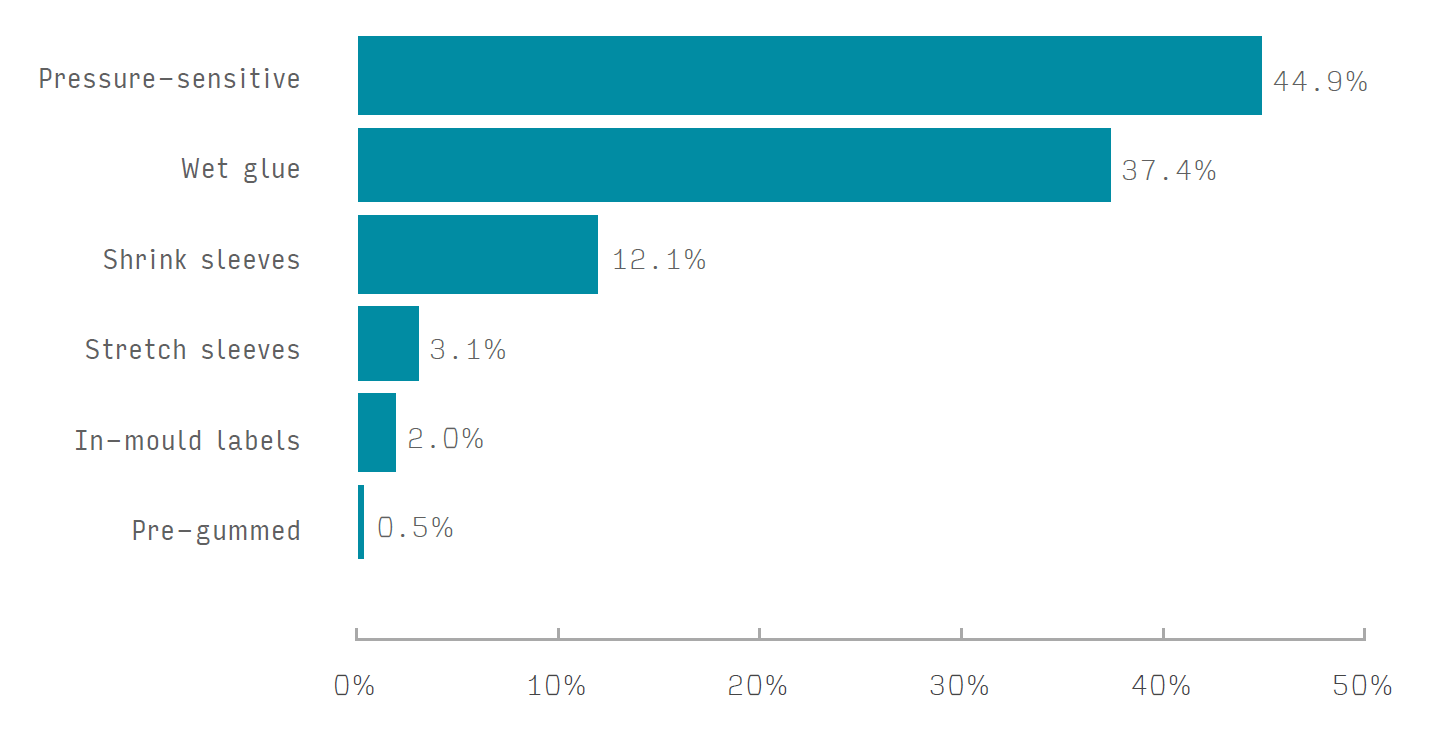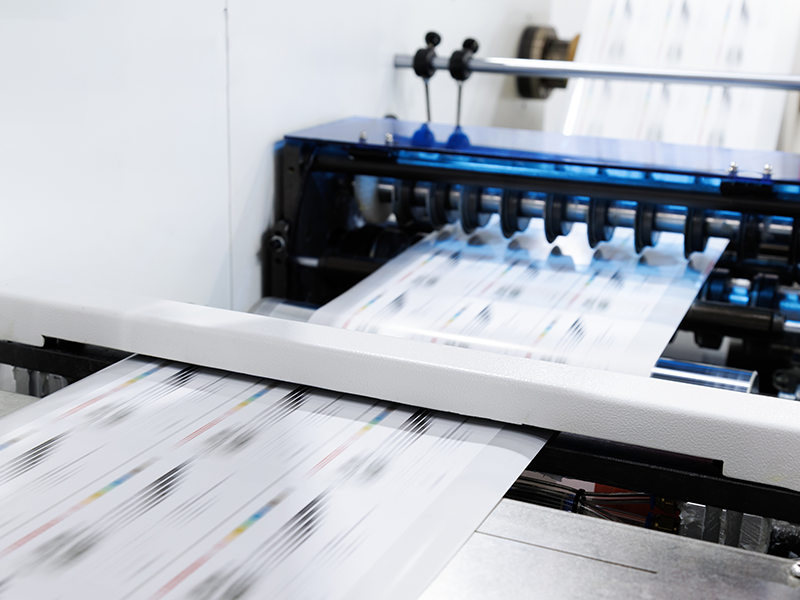Valued at a projected $48.3 billion in 2025, global demand for packaging labels will grow across the next five years according to Smithers, the worldwide authority on the packaging industry.
Sales will increase at a 3.6% compound annual growth rate (CAGR) to reach $57.5 billion in 2030, as brand owners invest in new print technologies, smart packaging, and more sustainable label and film stocks.
Exclusive data from the latest Smithers market report –
The Future of Labels and Release Liners to 2030 – tracks how this will see label and packaging sleeve volumes rise from 83.0 billion square metres in 2025, to 99.1 billion square metres in 2030.
This research shows that pressure-sensitive labels remain the most popular solution, accounting for 61.9% of the contemporary market by value. Wet glue labels are the second most valuable sector, and have a relatively larger share of the market by volume. Pressure-sensitive stocks will continue to displace other labels across the next five years. Despite increasing investment in linerless labels, these will remain a fringe option, and volume consumption of release liners is forecast to rise from 35.2 billion square metres in 2025 to 42.3 billion in 2030.
Sleeves present the main market alternative to labels, and Smithers analysis shows these are growing in use, especially among soft drinks customers. Shrink sleeves are the main technology employed with a 12.4% market share by volume in 2025. Both these and stretch sleeves (3.1%) will grow significantly above the market mean across the next five years, increasing the surface area printed per pack.
Soft drinks, alcoholic beverages, and food continue to dominate label use, accounting for over two thirds of the market by volume. All will see steady growth, with significant increases coming from deeper penetration into developing consumer markets, especially in Asia.
Flexo remains the most common print process for labels operating on narrow web machines and accounting for over 40% of output. Its use will grow over the Smithers study period. In contrast, print volumes for offset litho print – widely used for printing cut and stack, wet glue labels – will lose market share as more converters move to pressure-sensitive formats. Digital printing (inkjet and toner) accounted for 7.0% of label volume in 2024. It is forecast to increase its market share to 11.3% in 2030, with new narrow web machines and hybrid configurations generating more revenue for print service providers.
Production processes are being designed to reduce energy use. Changes in substrates are enhancing the recyclability of labels and base containers at end-of-life; alongside more use of paper labels, and post-consumer recycled (PCR) materials in both film stocks and release liners.
Figure 1: Global label consumption, by type, 2024 (% volume share)
 Source: Smithers
Source: Smithers

